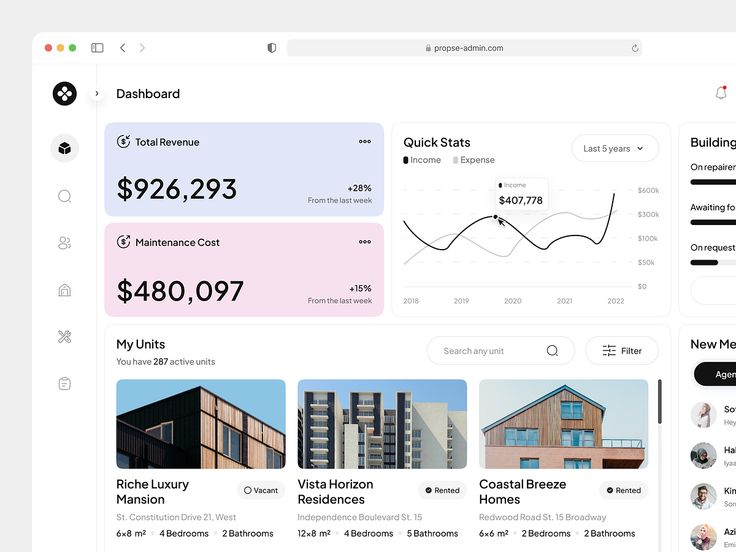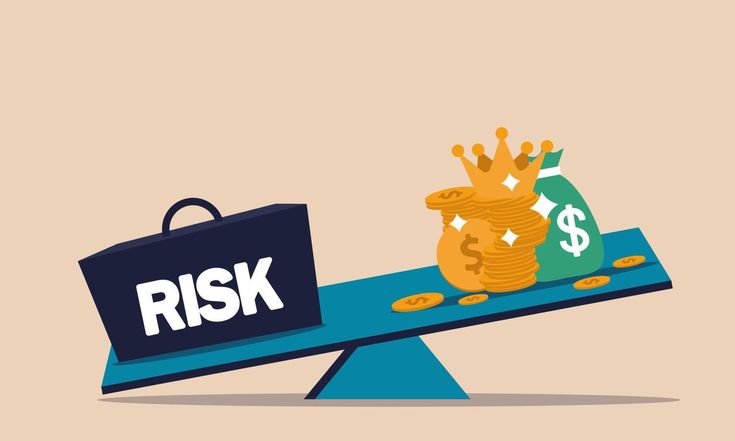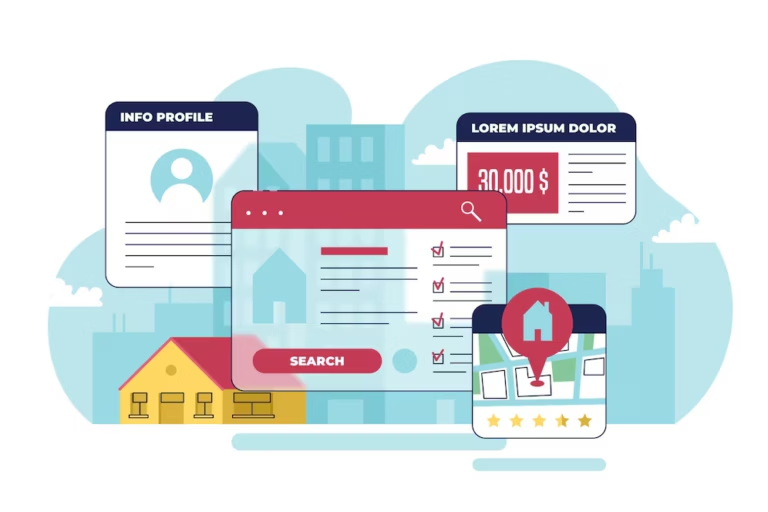Call Us: 904-501-8613

How to invest in real estate: 5 Simple Strategies
by Matthew Cleaves
TLDR:
- Leverage rental properties for steady income and long‑term appreciation.
- Join a Real Estate Investment Group (REIG) to pool resources and go hands‑off.
- Flip houses strategically: buy low, renovate wisely, sell high.
- Invest in REITs for liquid, dividend‑focused exposure.
- Use online platforms to diversify with minimal capital.
Key Takeaways
- Real estate offers both direct (buying property) and indirect (REITs, crowdfunding) routes.
- Hands‑on strategies (rentals, flipping) demand more time but can yield higher returns.
- Passive options (REIGs, REITs, online platforms) lower your workload and entry barrier.
- Understand your capital, risk tolerance, and time horizon before choosing a path.
- Market timing, due diligence, and clear goals are critical to success.
Nearly 90% of millionaires built their wealth through property! In this guide, we’ll explore how to invest in real estate by breaking down each avenue—from rental properties to REITs—so that anyone can understand real estate investment basics and dive into real estate investing with confidence. Real estate can be daunting, but if you’re serious about investing in real estate or curious how to get started in real estate, you’re in the right place.
1. How to Invest in Real Estate with Rental Properties
Rental Property Investing Explained
Owning a rental property remains the cornerstone of many portfolios. First, target neighborhoods with strong job growth and low vacancy rates. Next, calculate your cash‑on‑cash return: divide your annual pre‑tax cash flow by your total cash investment. Aim for at least 8–10%. Finally, secure financing—consider 15‑year fixed mortgages to build equity faster.
I remember my first duplex purchase; I rented both units within two weeks! Since then, I’ve always run thorough tenant screenings and set aside 1% of the property value annually for maintenance.
Warning: Common Pitfalls for New Landlords
However, watch out for these traps:
- Overestimating rent: Check comparable listings, not the highest ad you see.
- Underfunding repairs: A leaky roof can drain six months of profits.
- Ignoring property management: DIY is possible, but a pro can save you headaches.
2. How to Invest in Real Estate Through Real Estate Investment Groups (REIGs)
What Is REIG Investing?
A REIG pools capital from multiple investors to buy and manage residential or commercial properties. It’s like a mini mutual fund for real estate. You buy shares, collect your slice of rental income, and leave the day‑to‑day to the group’s manager.
This model appeals if you lack DIY skills or simply want passive cash flow. Fees vary—often 1–2% of assets under management—so shop around.

3. How to Invest in Real Estate by House Flipping
Steps to Successful House Flipping
- Market analysis: Look for areas with price growth and renovation demand.
- Budget strictly: Allocate 70% of ARV (after‑repair value) to purchase and rehab.
- Assemble a team: Secure a reliable contractor, inspector, and realtor.
- Execute efficiently: Aim for a 60‑ to 90‑day turnaround to minimize holding costs.
I once flipped a bungalow in 45 days—quick decisions and a trusted contractor made all the difference!
4. How to Invest in Real Estate with REITs
Choosing the Right REIT
Real Estate Investment Trusts (REITs) let you buy shares of companies that own income‑producing properties. They’re required to distribute at least 90% of taxable income as dividends.
When selecting a REIT:
- Check the dividend yield (aim for 3–6%).
- Review the portfolio mix (residential vs. commercial).
- Assess the debt ratios—lower leverage often means less risk.
Personally, I hold a mix of equity and mortgage REITs in my brokerage account for both growth and income.
5. How to Invest in Real Estate Using Online Platforms
Top Online Real Estate Investing Platforms
Platforms like Fundrise, RealtyMogul, and Cadre let you pick specific projects or funds. They offer both debt (loans to developers) and equity (ownership stakes) options. Minimums can start as low as $500.
Key tips:
- Diversify across at least 5 projects.
- Read the offering documents carefully—understand lock‑up periods.
- Use autopilot features to reinvest distributions.

Why Invest in Real Estate?
Real estate remains a unique asset class. It offers income, tax benefits, leverage, and—crucially—low correlation to stocks and bonds. In downturns, rental income often stays stable even if property values dip.
Direct vs. Indirect Real Estate Investing: A Quick Guide
- Direct: You own and manage property (rentals, flipping).
- Indirect: You own shares or interests (REITs, REIGs, crowdfunding).
Choose direct for control and potential outsized returns; choose indirect for liquidity and lower effort.
Minimum Investment Requirements for Real Estate Investing
- Rental properties: 5–25% down payment on mortgages.
- REIGs: Often $50,000+ minimum.
- REITs: As low as one share—often under $100.
- Crowdfunding: $500–$5,000, depending on the platform.
Evaluating Real Estate Crowdfunding Risks
Crowdfunding offers access but comes with:
- Illiquidity: Funds locked up for 3–7 years.
- Platform risk: Platforms can fail or change terms.
- Project risk: Single‑asset concentration can magnify losses.
Always read the PPM (private placement memorandum) and verify the sponsor’s track record.

Best Market Conditions for Real Estate Investing
Favorable conditions include:
- Low interest rates (for cheap financing).
- Growing job markets (to sustain rents).
- Housing supply constraints (to boost property values).
- Regulatory stability (predictable zoning and taxes).
Bottom Line: Next Steps to Start Investing in Real Estate
- Define your goals—income vs. appreciation.
- Assess your capital and timeline.
- Pick one strategy and master it before diversifying.
- Build a network of pros—realtors, lenders, contractors.
- Monitor performance and adapt as markets shift!
Related Articles
- “5 Simple Ways to Invest in Real Estate” (Investopedia)
- “5 Ways to Start Investing in Real Estate” (NerdWallet)
- “How To Invest In Real Estate” (Forbes Advisor)





https://flerus-shop.hcp.dilhost.ru/club/user/73/blog/359/
Good https://is.gd/tpjNyL
Very good https://is.gd/tpjNyL
Very good https://is.gd/tpjNyL
Good https://is.gd/tpjNyL
Good https://is.gd/tpjNyL
Very good https://is.gd/tpjNyL
Very good https://is.gd/tpjNyL
Very good https://shorturl.at/2breu